Mars News & Features
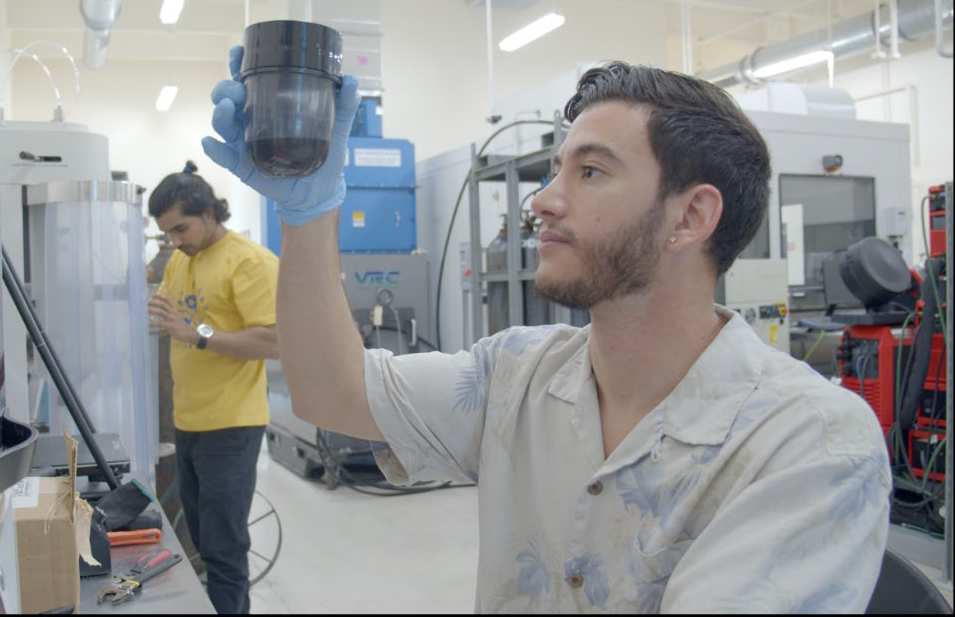
NASA Technology Grants to Advance Moon to Mars Space Exploration
NASA has awarded nearly $1.5 million to academic, non-profit, and business organizations to advance state-of-the-art technology that will play a key role in the agency’s return to the Moon under Artemis, as well as future missions to Mars. Twenty-four projects…
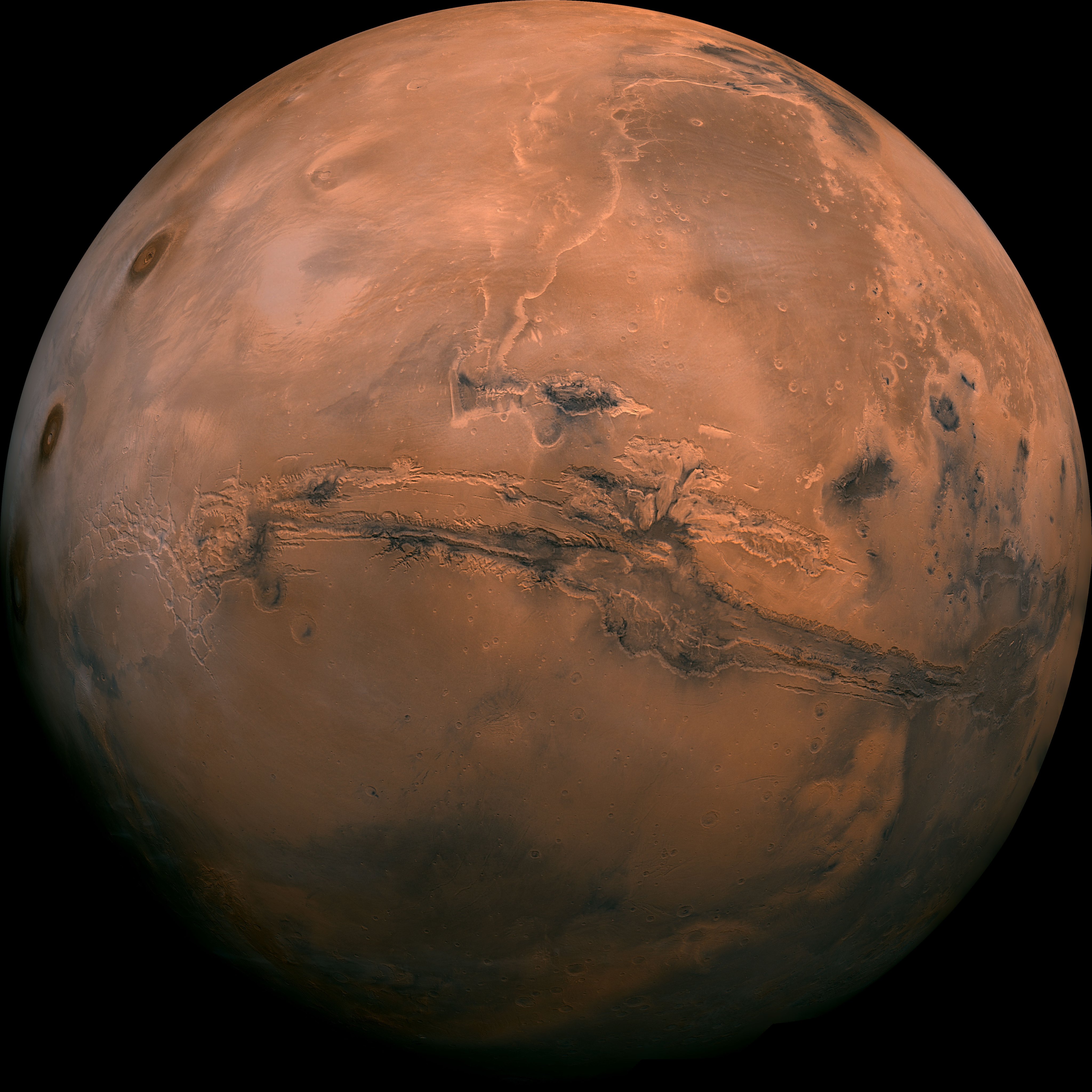
NASA Selects Commercial Service Studies to Enable Mars Robotic Science
Nine companies have been selected to conduct early-stage studies of concepts for commercial services to support lower-cost, higher-frequency missions to the Red Planet. NASA has identified nine U.S. companies to perform a total of 12 concept studies of how commercial…
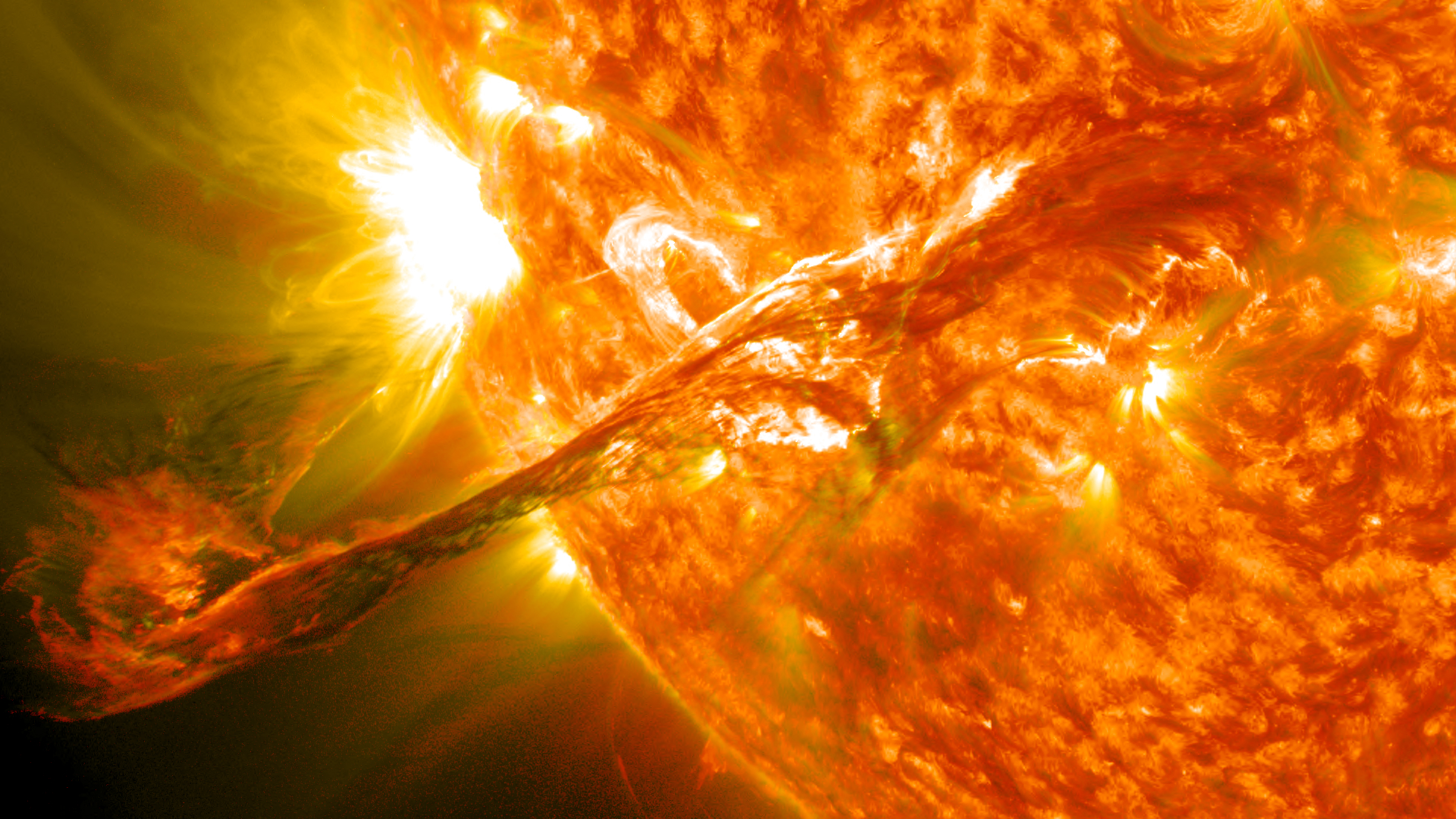
NASA Scientists Gear Up for Solar Storms at Mars
The Sun will be at peak activity this year, providing a rare opportunity to study how solar storms and radiation could affect future astronauts on the Red Planet. In the months ahead, two of NASA’s Mars spacecraft will have an…

Major Martian Milestones
There’s good news from NASA’s Cloudspotting on Mars project! That’s the project that invites you to help identify exotic clouds high in the Martian atmosphere. Congratulations to the Cloudspotting on Mars team and all the volunteers who have helped spot Martian clouds!

Why is Methane Seeping on Mars? NASA Scientists Have New Ideas
The most surprising revelation from NASA’s Curiosity Mars Rover — that methane is seeping from the surface of Gale Crater — has scientists scratching their heads. Living creatures produce most of the methane on Earth. But scientists haven’t found convincing…

NASA’s Ingenuity Mars Helicopter Team Says Goodbye … for Now
The final downlink shift by the Ingenuity team was a time to reflect on a highly successful mission — and to prepare the first aircraft on another world for its new role. Engineers working on NASA’s Ingenuity Mars Helicopter assembled…
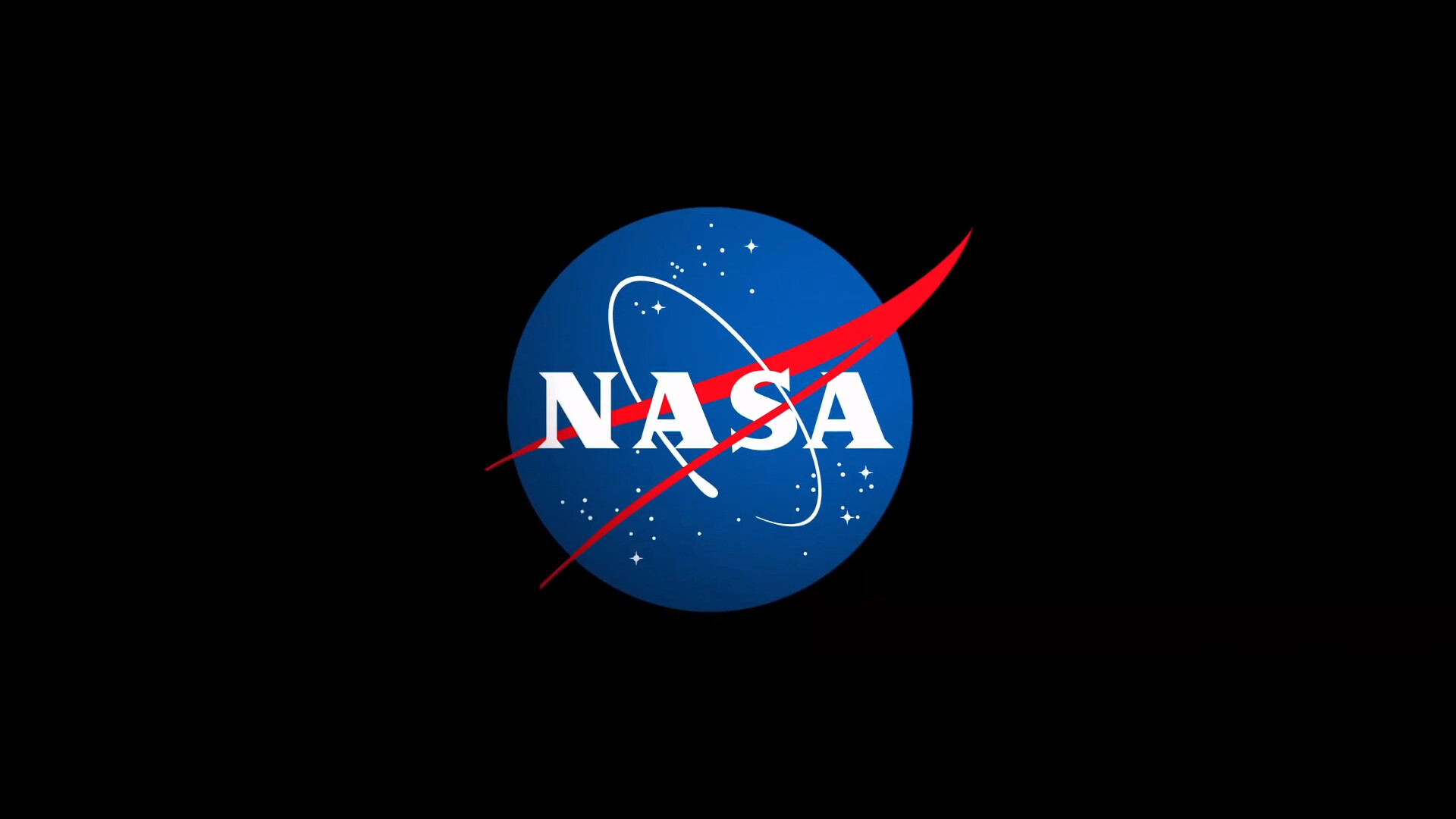
NASA Sets Path to Return Mars Samples, Seeks Innovative Designs
NASA Administrator Bill Nelson shared on Monday the agency’s path forward on the Mars Sample Return program, including seeking innovative designs to return valuable samples from Mars to Earth. Such samples will not only help us understand the formation and…
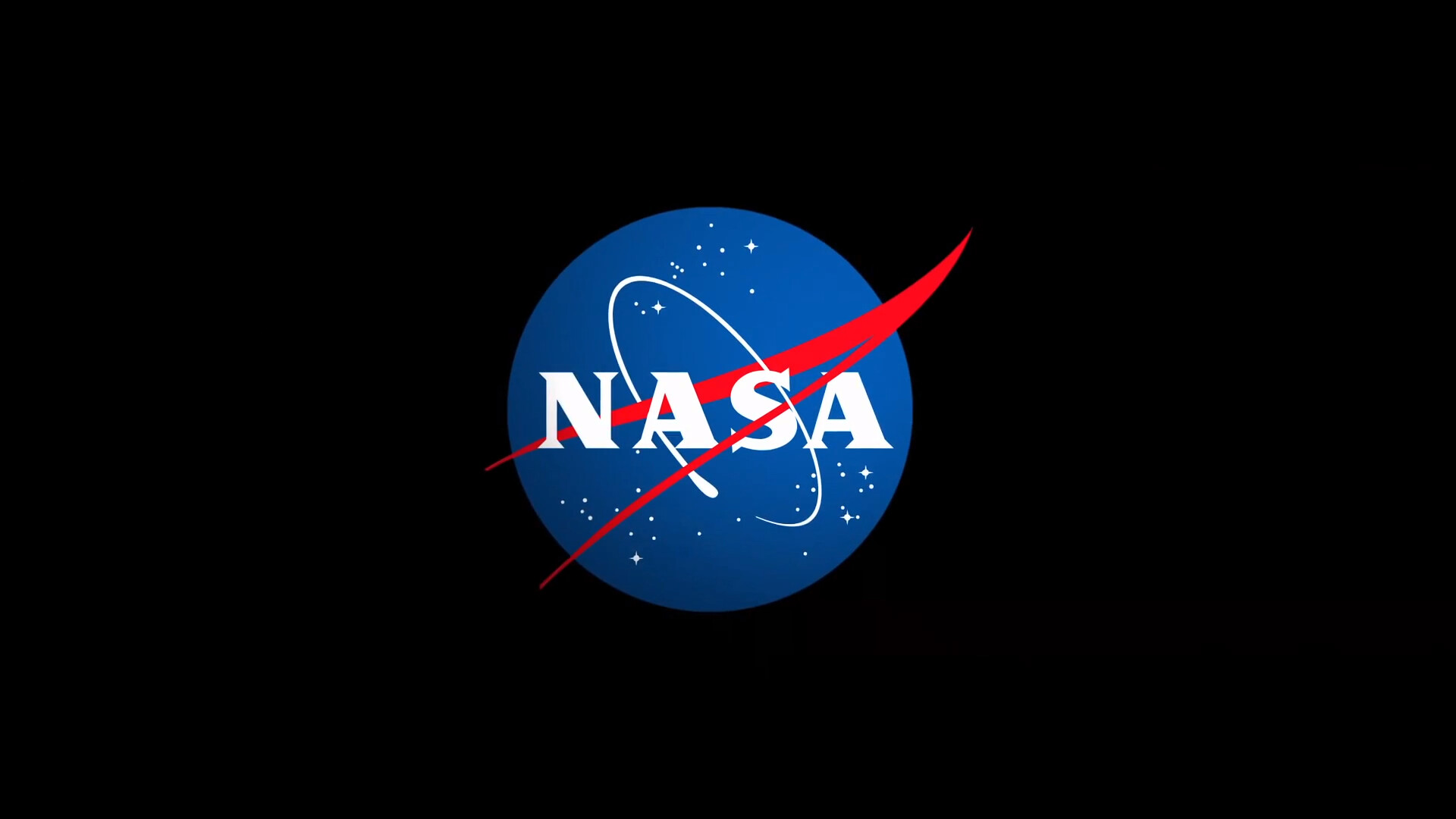
NASA Invites Media to Mars Sample Return Update
NASA will host a media teleconference at 1 p.m. EDT, Monday, April 15, to discuss the agency’s response to a Mars Sample Return Independent Review Board report from September 2023, including next steps for the program. The teleconference will livestream…
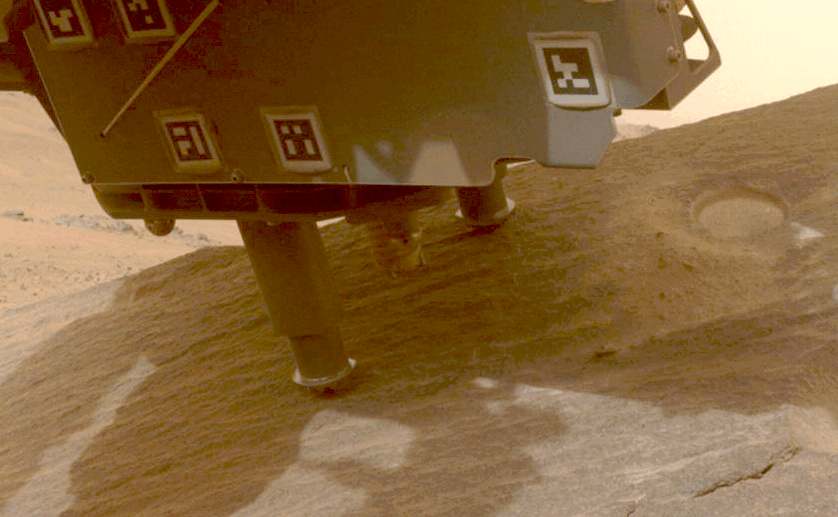
Rock Sampled by NASA’s Perseverance Embodies Why Rover Came to Mars
Editor’s note: This story was updated April 29, 2024, to correct the date on which the 24th sample was collected by NASA’s Perseverance Mars rover. The 24th sample taken by the six-wheeled scientist offers new clues about Jezero Crater and the…
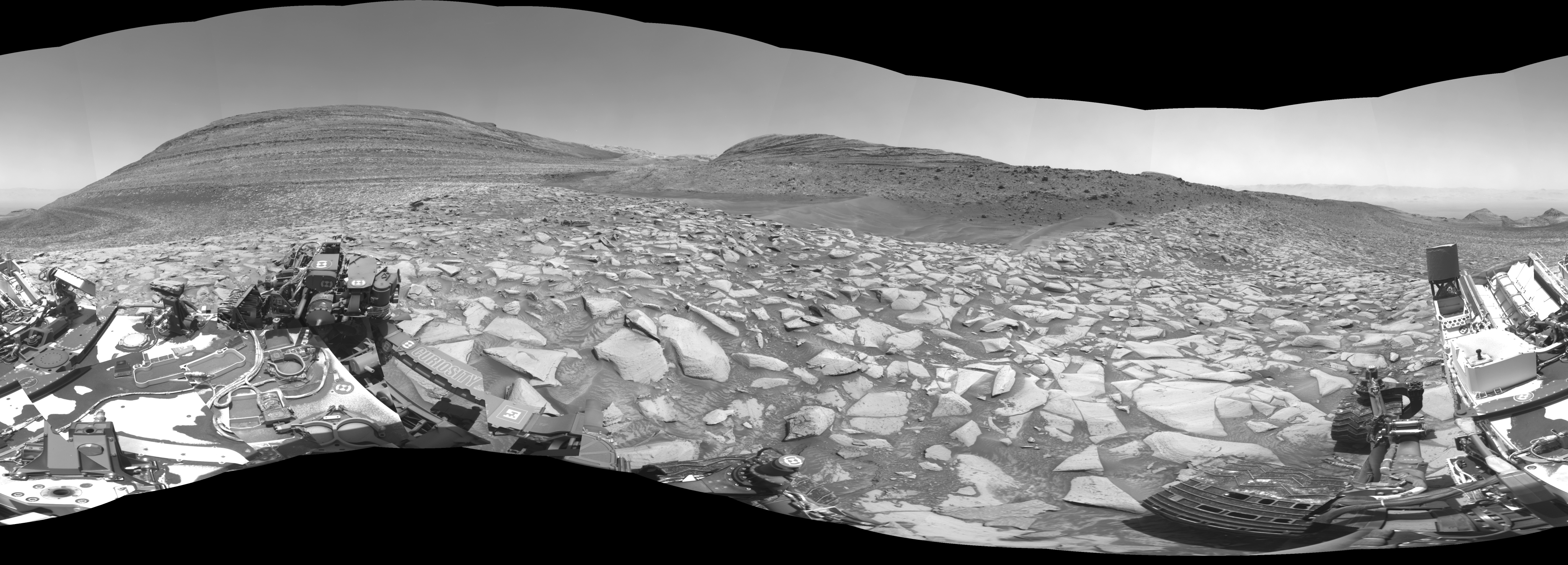
NASA’s Curiosity Searches for New Clues About Mars’ Ancient Water
The rover has arrived at an area that may show evidence liquid water flowed on this part of Mars for much longer than previously thought. NASA’s Curiosity rover has begun exploring a new region of Mars, one that could reveal…
